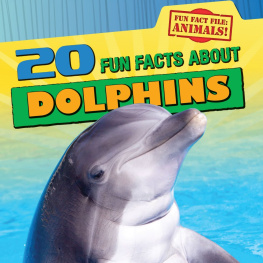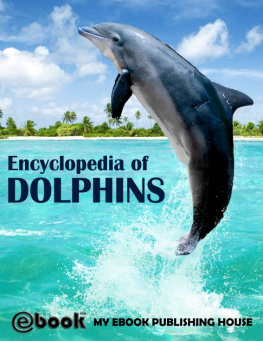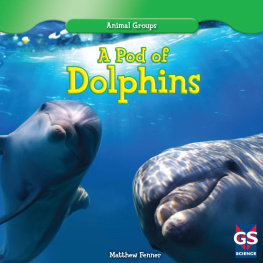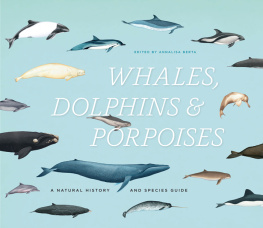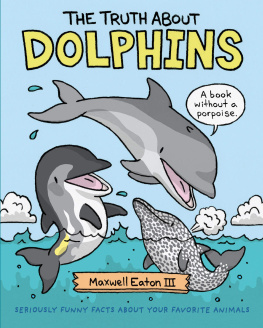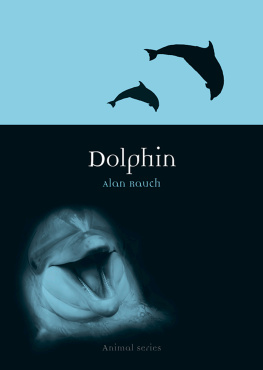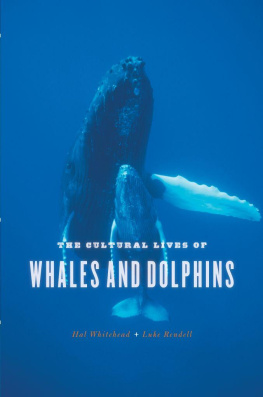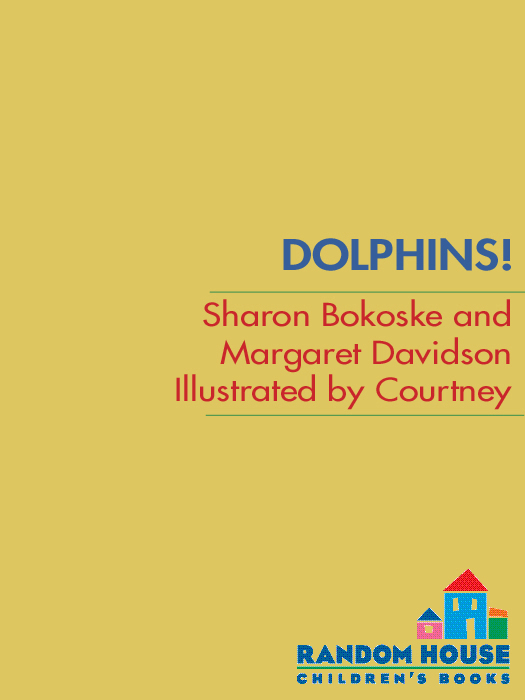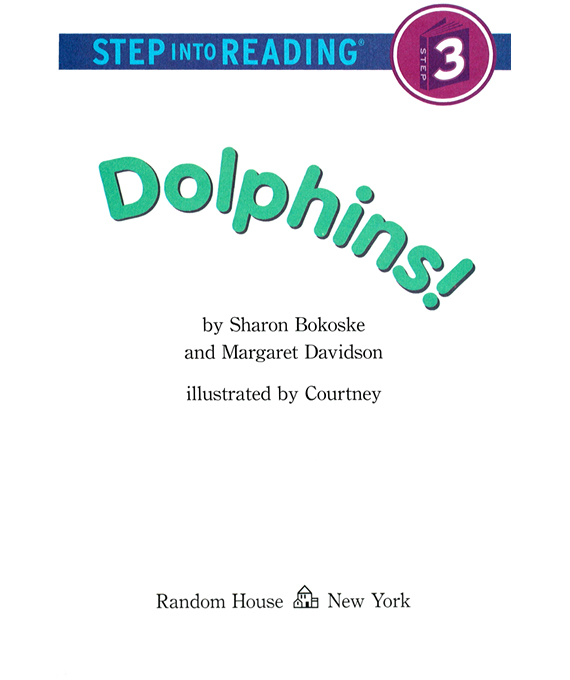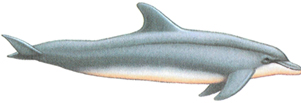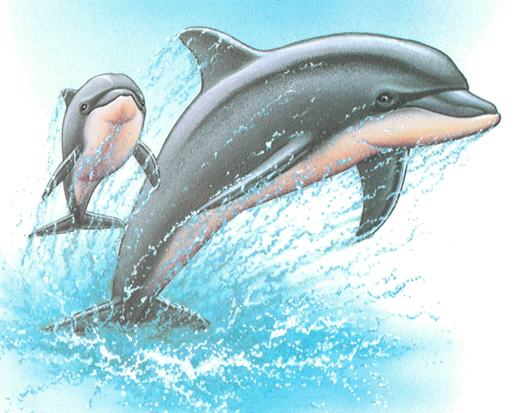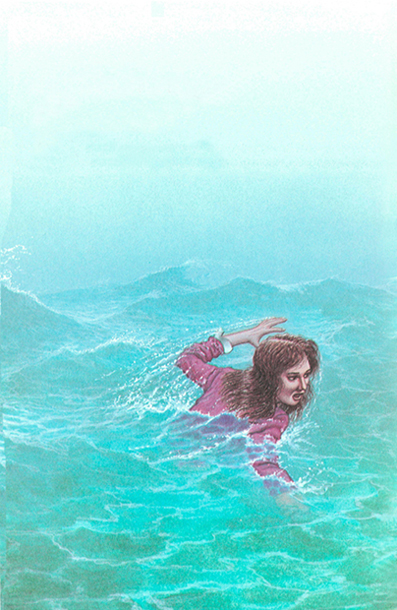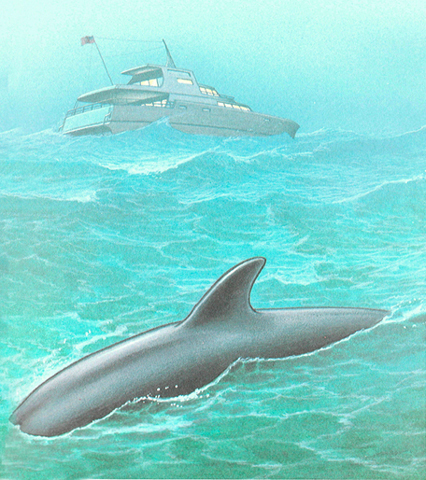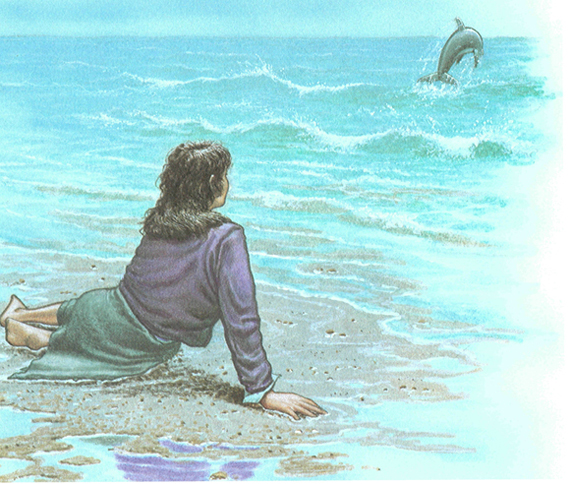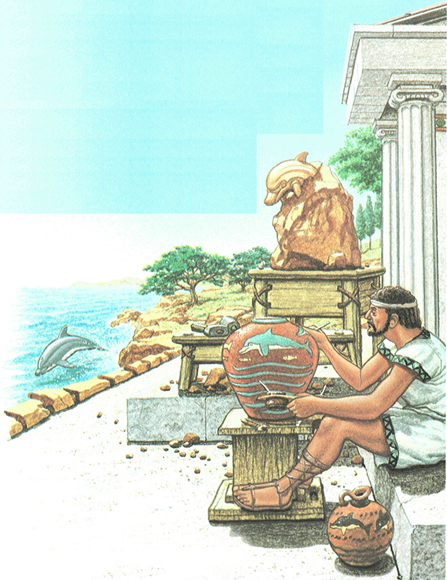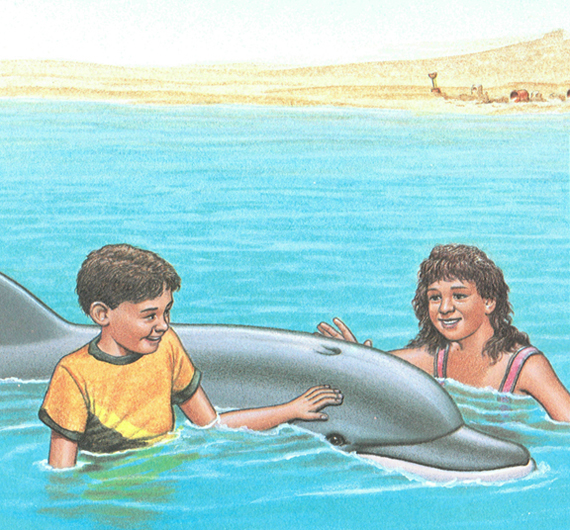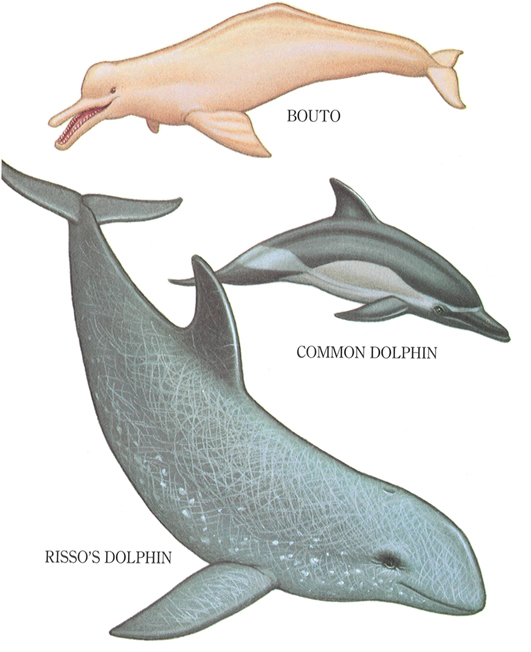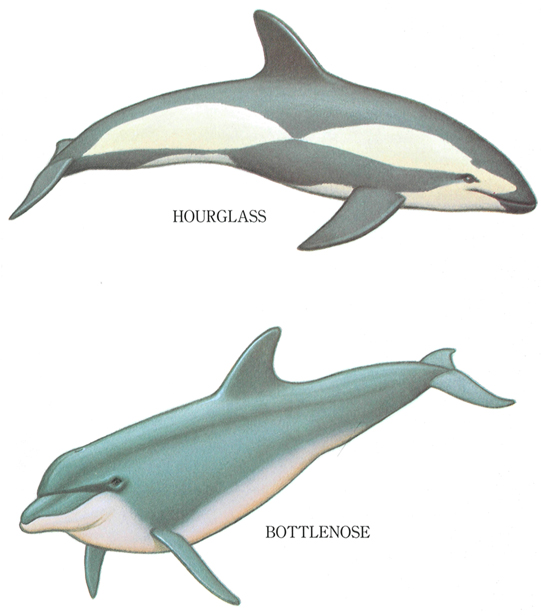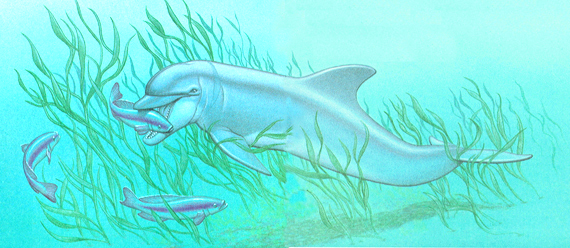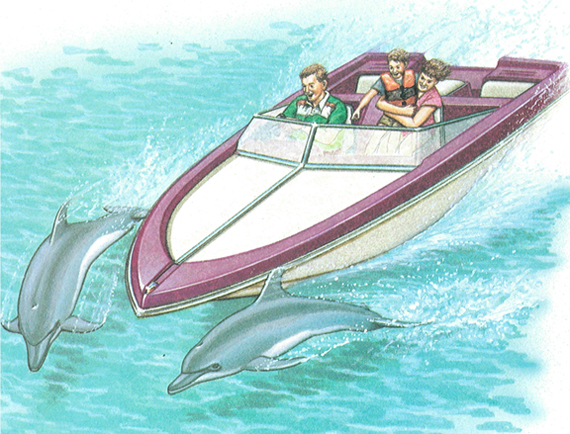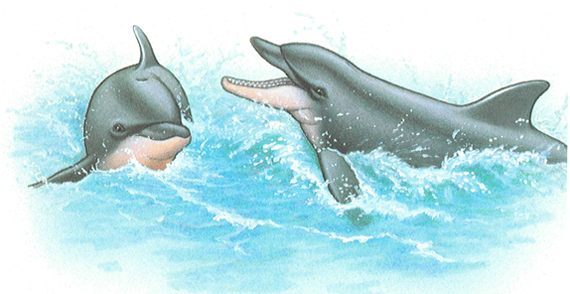Dear Parent: Congratulations! Your child is taking the first steps on an exciting journey. The destination? Independent reading!
STEP INTO READING will help your child get there. The program offers books at five levels that accompany children from their first attempts at reading to reading success. Each step includes fun stories, fiction and nonfiction, and colorful art. There are also Step into Reading Sticker Books, Step into Reading Math Readers, and Step into Reading Phonics Readersa complete literacy program with something to interest every child. Learning to Read, Step by Step!
 | Ready to Read PreschoolKindergarten
big type and easy words rhyme and rhythm picture clues
For children who know the alphabet and are eager to begin reading. |
 | Reading with Help PreschoolGrade 1
basic vocabulary short sentences simple stories
For children who recognize familiar words and sound out new words with help. |
 | Reading on Your Own Grades 13
engaging characters easy-to-follow plots popular topics
For children who are ready to read on their own. |
 | Reading Paragraphs Grades 23
challenging vocabulary short paragraphs exciting stories
For newly independent readers who read simple sentences with confidence. |
 | Ready for Chapters Grades 2-4
chapters longer paragraphs full-color art
For children who want to take the plunge into chapter books but still like colorful pictures. |
STEP INTO READING is designed to give every child a successful reading experience.
The grade levels are only guides. Children can progress through the steps at their own speed, developing confidence in their reading, no matter what their grade. Remember, a lifetime love of reading starts with a single step! To JudyS.B. To Eleanor Anderson, who works so well with kidsM.D. With thanks to Paul L. Sieswerda of the New York Aquarium and Dr.
Daniel Odell of Sea World
One night a woman fell from a boat into the ocean. No one saw her fall. The waves were rough.
Soon she grew tired. Then something bumped against her. A shark! she thought.
Oh, no!
It wasnt a shark. It was a dolphin. Gently, it pushed her toward shallow water. At last she crawled up on a sandy beach. The dolphin had saved her life!
There are many amazing stories about dolphins and people. People have liked dolphins for thousands of years.
Ancient artists liked to draw and paint dolphins.
Dolphins seem to like us too. Some dolphins come close to shore. They swim right up to people. At one beach in Australia dolphins let people pet them.
What does a dolphin feel like? A wet rubber ball!
These dolphins help fishermen.
The fishermen throw out their nets.
The dolphins chase the fish right in! Dolphins spend their whole lives in water. But they are not fish. Fish can breathe in water. Dolphins cannot.
Dolphins are mammals, like us.
They breathe through a hole on top of their heads. Its called a blowhole. Dolphins pop up about twice a minute for a quick breath of air. Dolphins live all over the world. There are more than thirty different kinds.
The bottlenose dolphin is the one people know best.
It has a big built-in grin! What do dolphins eat? Fish. And they are good at catching them. A dolphin can find a tiny fish even if its too dark to see. It uses echolocation (ek-o-lo-KAY-shun).
How does echolocation work? A dolphin sends out bursts of sound. CREEEAK.
The sound hits a rock or a fish or anything else in the water. Then an echo comes back to the dolphin. Its like a picturebut made with sounds. Dolphins are playful. They will turn almost anything into a toy. They toss seaweed and fish.
They like to surf too. They even hitch rides on waves made by motorboats!
Dolphins are usually gentle. But sometimes they get angry. How can you tell?


